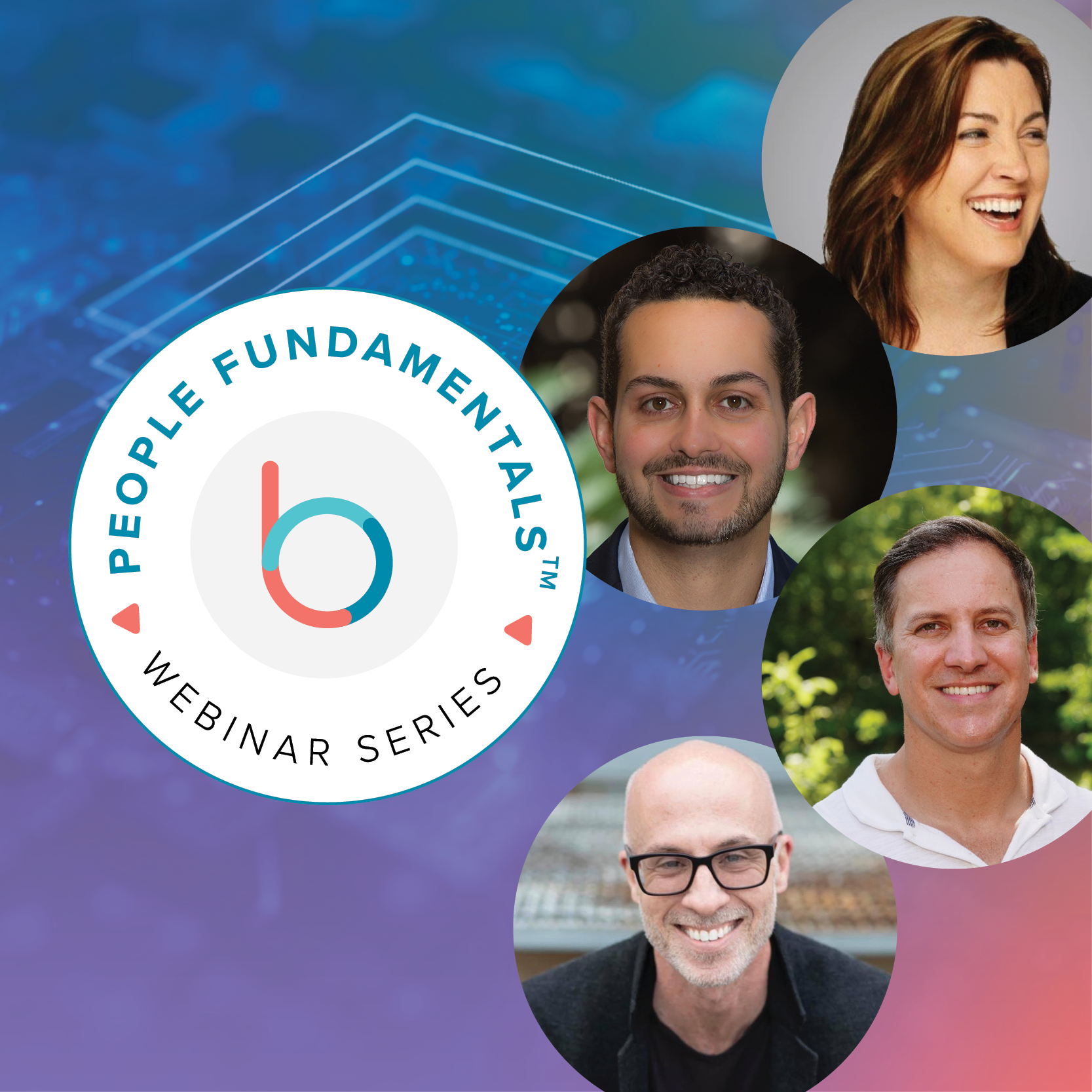Most people associate total rewards with compensation and benefits. These are crucial pieces of your rewards strategy, but they shouldn’t be the sum total.
Providing recognition and rewards to acknowledge great performance fuels an employee’s investment in their goals on a more personal level. In fact, one study found that personal recognition is the most important driver of great work. What employee recognition ideas will have the most significant impact on your organization’s performance?
Tiered recognition and rewards signal the value you place on specific achievements. Achieving a larger or more strategic goal might earn a bigger bonus, for example. A clear, intentional rewards infrastructure connects employees to their purpose and helps them prioritize their goals.
Here are some employee recognition ideas to improve goal alignment at your organization.
Intentional Recognition Supports Goal Clarity
Recognition, or personalized employee appreciation, could be verbal praise at the monthly all-hands meeting or a feature on the company’s careers site. This type of recognition is low-cost and can help employees achieve their goals.
Be sure managers ask employees about their specific preferences for public recognition beforehand, though. Not everyone appreciates public acknowledgment, so that prospect may not incentivize employees to achieve their goals.
Recognition from the CEO or a high-level leader is among the most meaningful and memorable for employees. A creative way to drive that recognition home is to give employees opportunities to earn lunch or coffee with a company leader.
Tangible rewards could include earning additional time off, reimbursement for dinner and a movie, or a local attraction experience. These typically have some monetary value attached to them. Lean towards giving employees experiences over cash, since most employees will put cash rewards towards bills or family needs rather than themselves. Offer several employee recognition ideas employees can choose from rather than deciding for them.
When employees can see the specific rewards attached to their performance goals, it’ll drive home what their managers expect from their performance. To deliver that level of goal clarity, and an effective staff recognition program requires a transparent infrastructure. Each employee should know their goals and what they need to prioritize in their daily tasks to achieve them.
Employee Recognition Ideas to Boost Engagement
The more you incorporate recognition into your performance management system, the more you signal to employees that their work is valuable to the organization. That reinforces strategic organizational priorities on the individual level. When employees see that you’re offering a tangible reward for achieving their goals, they’ll feel a greater sense of purpose.
That sense of purpose is crucial to effective goal alignment. Verbal recognition or public recognition on a kudos board are good options for an informal recognition program. Hearing from colleagues is incredibly effective, especially in a distributed work environment. Thanks from colleagues drive home the sense that the individual employee’s work is part of something bigger than themselves.
Be sure to build a company recognition program that’s fair and accessible across the organization. Each employee should have an opportunity to work towards bigger goals, which qualify for more significant rewards. Set parameters for quarterly goal-setting so that managers help employees set one aspirational goal per quarter. Employee engagement software can help you set expectations for recognition and reward tiers.
When employees are rewarded for driving results at different levels, they’ll feel more connected to the organization’s strategic priorities. They’re more likely to be engaged with their work. Recognition fuels engagement by giving employees something specific to work toward. Associating their reward with strategic results only makes it more meaningful and supports increased motivation.
Employees who feel connected to the company’s purpose, valued for what they do, and engaged in their work will be more productive than employees who don’t have that sense of connection.
Managing an Employee Recognition Program
A clear rewards infrastructure aligned to your organizational priorities supports easier administration. Managers should know when they can authorize rewards and have the discretion to administer them. Set a designated budget for each manager to allot rewards to their teams.
There are tax implications to running a recognition and rewards program. Depending on the value of the rewards earned, employees may bear the tax burden on their paycheck. De minimis fringe benefits are excluded from taxation, but what classifies can vary. In one case, the IRS ruled that a reward with value in excess of $100 can’t be classified as a de minimis fringe benefit, setting a general precedent. Achievement awards for length of service or safety are typically excluded from taxation, but performance-based rewards are not.
If you want to offer more significant rewards without passing the tax burden on to employees, which minimizes the reward’s value, consider adding the cost of taxation to the employee’s next paycheck. Most payroll administration systems enable HR teams to make this adjustment reasonably easily.
Not all employee recognition ideas cost money, though — recognition in a public company forum like your employee newsletter or a kudos board where employees can leave messages of praise for colleagues can often be more meaningful than something monetary.
You can also use gamification to allow employees to accrue points over time. They can redeem points earned every quarter, for example, for a larger gift with monetary value at the end of the year. By consolidating rewards distribution at the end of the year, you can reduce administrative burdens.
Investing in employee engagement software allows you to automate much of the reward distribution process. Integrating employee recognition software with your engagement and goal alignment software solidifies the connection between people, performance, and rewards.
Employee Recognition Ideas for Remote Work
When employees aren’t altogether, it’s even more critical for your recognition program to be intentional. In a remote or hybrid environment, it’s easy for employees that get more exposure to managers and leaders to receive higher recognition — even if they’re performing on par with their peers.
Laying out a transparent infrastructure for what goals earn rewards and recognition is vital for a fair rewards program in a digital work environment. Robust processes minimize the occurrence of bias in rewards distribution.
Remote and hybrid work also affect the types of rewards you give out. It’s essential to give employees several choices to decide which is the best fit for where they are, both geographically and personally. Perhaps you want to offer your remote workers a physical and personalized gift after a job well done. Or, if you’re more interested in maximizing morale with gift cards that are sent directly to your employee’s email, that works, too. Both options are acceptable but have to suit the occasion.
Develop some remote-friendly team recognition options, too. It may not be possible to bring everyone together for a team party, for instance. But managers can authorize custom picnic baskets for each of their team members so they can share a virtual picnic experience, no matter where they’re located.
An effective employee recognition and reward program fuels performance. Build systems of employee appreciation into your daily routine, so that employees come to their work feeling valued and full of purpose.










